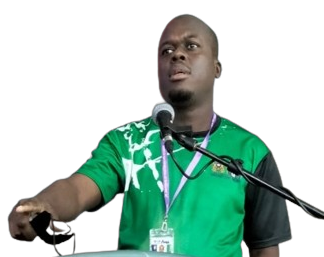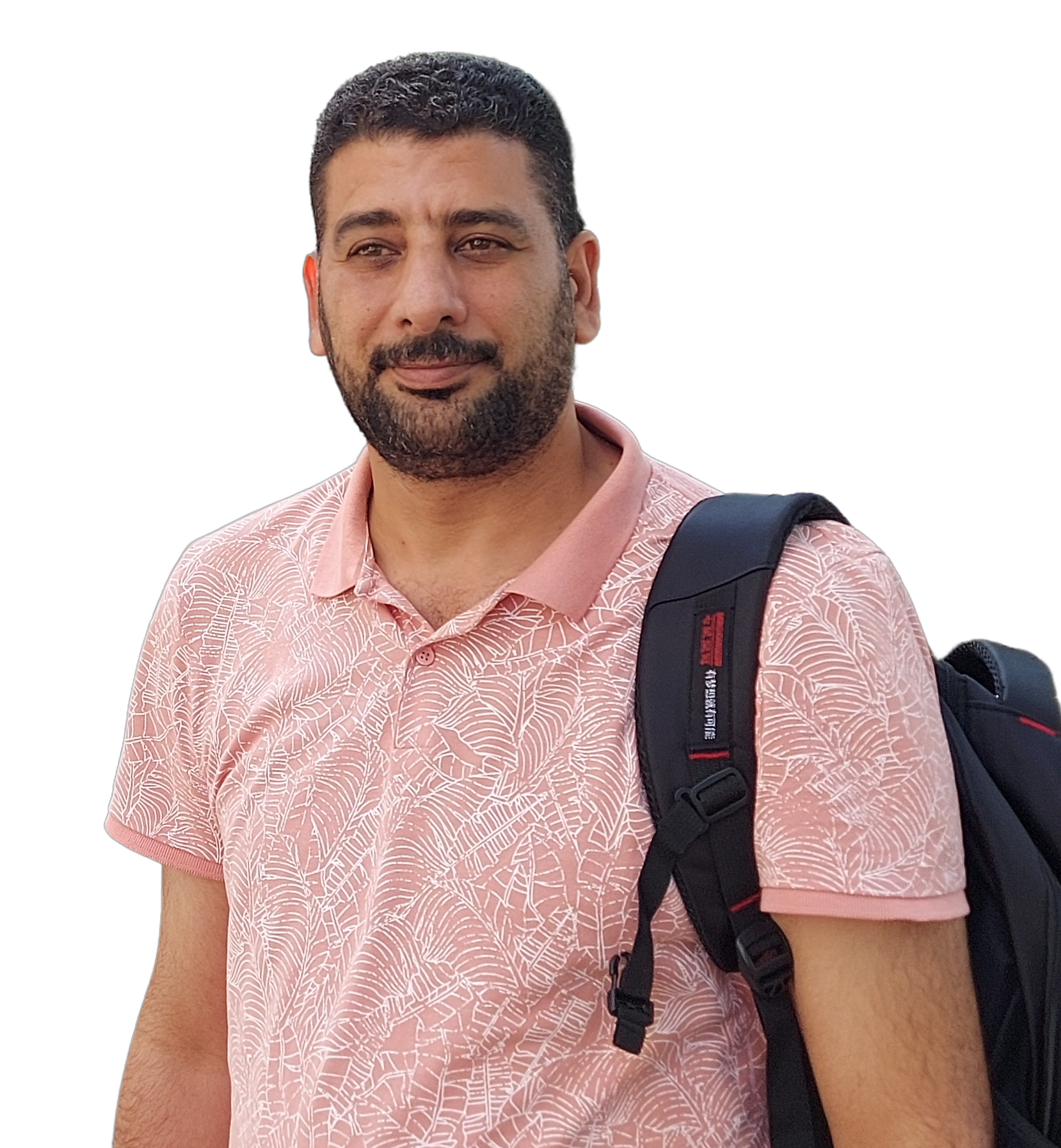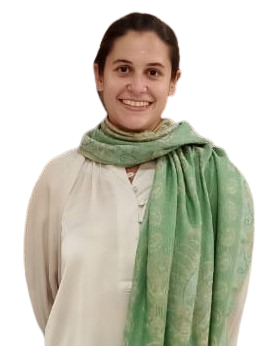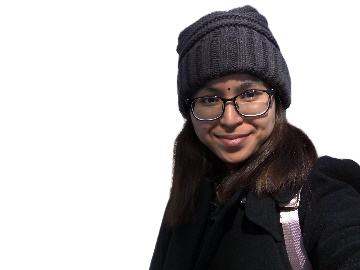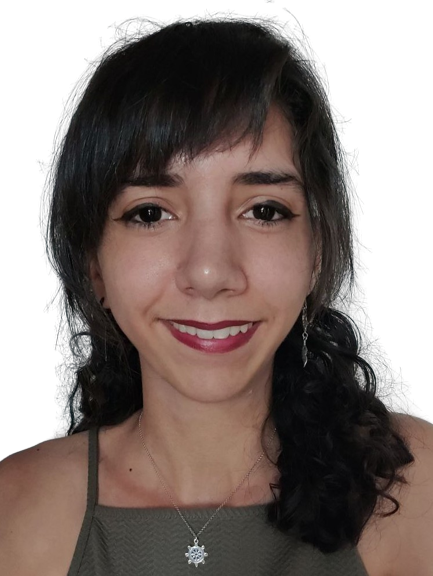Uncategorized
-
Eugene Kwok (Malaysia)
Eugene is working on a project for International Mobility & Collaboration Centre (IMCC), USM. His project consists of developing a dashboard for the mobility department by using the inbound mobility data and outbound mobility data. Besides that, he has to make enrollment predictions for the enhance resource planning for the IMCC. The first benefit for his client is that visualization of data allows management to make informed decision and secondly, it enhance resource planning.
-
Ibrahim Abba (Nigeria)
Motivated by a personal encounter with the devastating impact of Boko Haram’s insurgency in Maiduguri, where Ibrahim’s home was attacked and razed in December 2021, this research addresses the urgent need for enhanced security measures. Leveraging images from the Nigerian Army’s wanted list and other online sources, the proposed Convolutional Neural Network (CNN) employs transfer learning from the ImageNet dataset to discern Boko Haram members from the community. Emphasizing that many Boko Haram faces are familiar due to recruitment from the local area, the model focuses on precise facial image recognition. Through careful data collection, including images from known Boko Haram individuals, and fine-tuning the VGG16 architecture pretrained on ImageNet,…
-
Omar Ali Abed (Iraq)
There is a great deal of interest in the topic of online and offline hate speech, but there are only a few studies that study the relationship between online hate speech and cyberbullying.
-
Haifa Saleh Alfurayj (KSA)
Haifa’s project aims to enhance cyberbullying detection by exploring the causative factor of cyberbullying spreading, known as Bystander Contagion. This often-overlooked aspect plays a crucial role in the escalation of cyberbullying behavior. Haifa plans to investigate the detection of cyberbullying through the evaluation of users’ profiles, activities, and social media history, with a specific focus on bystander contagion. The goal is to identify influential cyberbullies or bystanders, enabling the suspension of their accounts to effectively reduce cyberbullying incidents. In developing the cyberbullying detection model, Haifa will address key points, including the influence and characteristics of bystanders, measurement of bystanders’ contagiousness in cyberbullying diffusion, and identification of the most influential users…
-
Cheam Yu Chein (Malaysia)
Cheam Yu Chein, a third-year student from USM, is set to embark on a research internship in Madrid, Spain, facilitated by the Erasmus+ Program. With the program’s support, Cheam aims to develop an automated classification model during the internship, focusing on categorizing memes as either hateful or not hateful. The research will explore the model’s performance with different inputs, such as text, image, or a combination of both. The overarching goal of Cheam’s research is to determine the effectiveness of the classification model in various input scenarios. The anticipated outcomes of this investigation hold potential significance in advancing the development of a predictive model for evaluating trustworthiness. The research aligns…
-
Cristina Luna Jimenez (Spain)
Christina Luna Jimenez delved into the intricate concept of trustworthiness during her research attachment. The focus was on annotating emotional videos at zero acquaintance in a cross-cultural context, with the intention of translating these annotations into a machine-readable format using machine learning tools. Christina, alongside researchers from Spain, Malaysia, and Hungary, gathered annotations from diverse cultural backgrounds. However, the final experiments exclusively utilized annotations from Malaysian and Hungarian contributors. The findings revealed that perceived characteristics such as eloquence, attractiveness, and authenticity significantly influenced trustworthiness annotations, displaying high correlation values. Notably, these influences varied across cultures; for instance, kindness played a more crucial role for Hungarians than for Malaysians in determining…
-
Sarmla Tharishny Kolasingam (Malaysia)
K. Sarmla investigated trust detection using facial expression towards developing a trust prediction model, for her Masters. In general, behavioral judgement of an individual and decisions on whether to interact or not are highly influenced by trust. Many trust and reputation models were developed in the past but based only on numeric paradigm. The desire to trust is subjective to each individual and is found to be highly affected by one’s facial features. However, do expressions play a role? This serve as the motivation for her to study the effect of human’s facial expressions on trustworthiness of a person by using deep learning based algorithm – Convolutional Neural Network (CNN).
-
Belén Ferrón Hurtado (Spain)
The aim of Belén’s FYP is to reduce cyberbullying on Twitter by taking into account bystander roles and the effect of their contagiousness.
